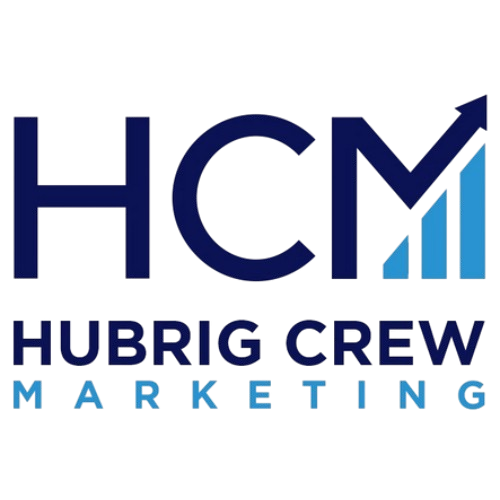Understanding PPC Advertising
PPC, or pay-per-click, is a digital advertising model where advertisers pay a fee each time one of their ads is clicked. This model allows businesses to gain targeted visits to their websites, landing pages, or apps. A well-executed PPC campaign can result in clicks that are more than compensated by the revenue generated from sales, making it a profitable strategy.
Unlike traditional advertising methods that often charge a flat fee for ad placement, PPC operates on a performance-based model. This means advertisers only pay when their ads are effective in capturing a user’s click. PPC platforms also offer advanced targeting capabilities, allowing businesses to reach specific demographics and locations, which is more refined than traditional advertising methods like print or TV ads.
“PPC advertising stands out due to its cost-effectiveness, targeting precision, and rapid results.”
Google AdWords is a dominant platform in the PPC landscape, enabling businesses to bid on keywords to trigger their sponsored ads. It offers immediate visibility and control over ad appearance, which is essential for businesses aiming to enhance brand visibility and drive qualified traffic to their websites. By leveraging Google AdWords, businesses can effectively navigate the competitive digital space and achieve their marketing goals swiftly.
How Google Adwords Works
Google Adwords operates through a competitive auction process, where businesses bid on keywords relevant to their products or services. This process determines which ads appear on the search results page and their position.
Bidding Process on Keywords
- Bidding: Set the maximum amount you’re willing to pay for a click on your ad.
- Quality of Ads and Landing Pages: Google’s Quality Score evaluates ad relevance and user experience.
- Ad Assets and Formats: Enhance ads with additional information to improve performance.
- Ad Context: Factors like user location and search terms influence Ad Rank.
Ad Placement in Search Results
Ad placement is dynamic and depends on Ad Rank, which is a combination of bid amount, ad quality, and user context. While top ads may appear above organic results, they require meeting higher Ad Rank thresholds.
Factors Influencing Ad Ranking
| Bid Amount | Ad Quality | Ad Rank |
|---|---|---|
| Higher | Excellent | Top Position |
| Moderate | Good | Middle Position |
| Lower | Average | Lower Position |
By optimizing bids, ensuring ad relevance, and maintaining a high Quality Score, businesses can improve their chances of achieving favorable ad placements and maximizing their advertising ROI.
Targeting Your Audience
In the world of Google AdWords PPC, targeting your audience is not just an option—it’s a necessity for success. Achieving a higher ROI through targeted ads is possible when you go beyond just keywords. While keywords are important, they should not be the sole focus of your campaign. Instead, a comprehensive audience strategy is essential to truly resonate with potential customers.
By leveraging keyword selection strategies, businesses can choose from broad, phrase, or exact match types to better align ads with user search queries. Utilizing negative keywords further refines targeting by excluding irrelevant searches. This ensures your message reaches the right people, improving the chances of conversion.
Further enhancing your ad’s effectiveness involves geographic and demographic targeting. By tailoring ads to specific locations or demographic groups such as age, gender, and income, businesses can connect with those most likely to be interested in their offerings. This targeted approach not only boosts engagement but also maximizes the efficiency of your ad spend, leading to better conversion rates and ultimately, a more successful PPC campaign.
Tracking and Analyzing Performance
Effective tracking and analysis are crucial for any successful Google AdWords PPC campaign. A variety of tools are available to help businesses monitor ad performance, such as Google Ads Editor, SegmentStream, and Google Analytics. These tools provide insights into key performance indicators (KPIs) like conversions, click-through rates (CTR), and cost per acquisition (CPA).
Conversion tracking is essential, as it offers a clear benchmark for assessing campaign success. It ensures accurate attribution, enabling businesses to understand which campaigns are yielding results and which need adjustments. “Data-driven decisions can significantly enhance campaign effectiveness.”
To optimize campaigns, businesses should leverage data-driven strategies. By analyzing metrics such as CTR and conversion rates, companies can make informed decisions to refine their advertising efforts. Consider these key metrics to monitor:
- Click-Through Rate (CTR)
- Conversion Rate
- Cost Per Acquisition (CPA)
- Return on Investment (ROI)
Consistent monitoring and analysis allow businesses to adapt strategies and maintain optimal performance. This proactive approach maximizes ad spend efficiency and ensures ongoing campaign success.
Flexibility in Campaign Management
Google AdWords PPC offers significant flexibility in campaign management, allowing businesses to tailor their strategies for optimal outcomes. One key aspect is the ability to adjust bids and ad copy. Businesses can make bid adjustments based on factors like location, device, and time, enabling more precise audience targeting. For instance, a company might increase bids for mobile users during peak hours to capture more traffic without increasing the overall budget.
Targeting settings and budget management are also crucial. By using PPC budget management strategies, businesses can allocate their advertising funds efficiently, ensuring they achieve their performance goals. This includes strategic keyword selection and employing ad schedules to maximize returns.
The benefits of such flexibility extend to businesses of varying sizes. Smaller businesses can use budget pacing to ensure their funds last throughout the campaign period, while larger companies can leverage automation tools to optimize spending. These adjustments enhance the return on ad spend (ROAS) across different business sizes, making AdWords a scalable option for all.
Exploring Ad Formats
Google Ads offers a diverse range of ad formats designed to cater to different marketing goals and target audiences. Among these formats, Search Ads appear in Google Search results, ideal for targeting specific keywords. Display Ads reach users across millions of webpages, focusing on brand awareness with visually engaging content. Shopping Ads showcase product images and details, while Video Ads engage users on platforms like YouTube.
When selecting the right ad format, it’s essential to experiment with different creative formats to determine what resonates with your audience. Utilizing user-generated content, problem-solution videos, and dynamic ads can significantly enhance engagement.
Successful campaigns provide valuable insights into effective ad format usage. For example, Converse’s “Domaination” campaign leveraged low-competition keywords to drive 600,000 unique visitors, demonstrating the power of strategic content placement. Similarly, Kleenex’s targeted approach during flu season resulted in a 40% sales increase, underscoring the importance of data-driven strategies in PPC success.
Frequently Asked Questions
What are common misconceptions about PPC?
Many believe that PPC guarantees instant success, but it requires strategy and optimization. Others think it’s too expensive, but proper management can lead to cost-effective results.
How do costs and budgeting work in PPC?
Costs in PPC are determined by your bid on keywords and ad quality. You can control your spending by setting daily or monthly budgets, ensuring you don’t exceed your financial limits. For more on budgeting, check out this guide.
What tips are there for new users getting started?
Start with clear goals and a well-defined target audience. Experiment with different ad formats and utilize tools like conversion tracking to measure performance. Continuous learning and adaptation are key to mastering PPC.



